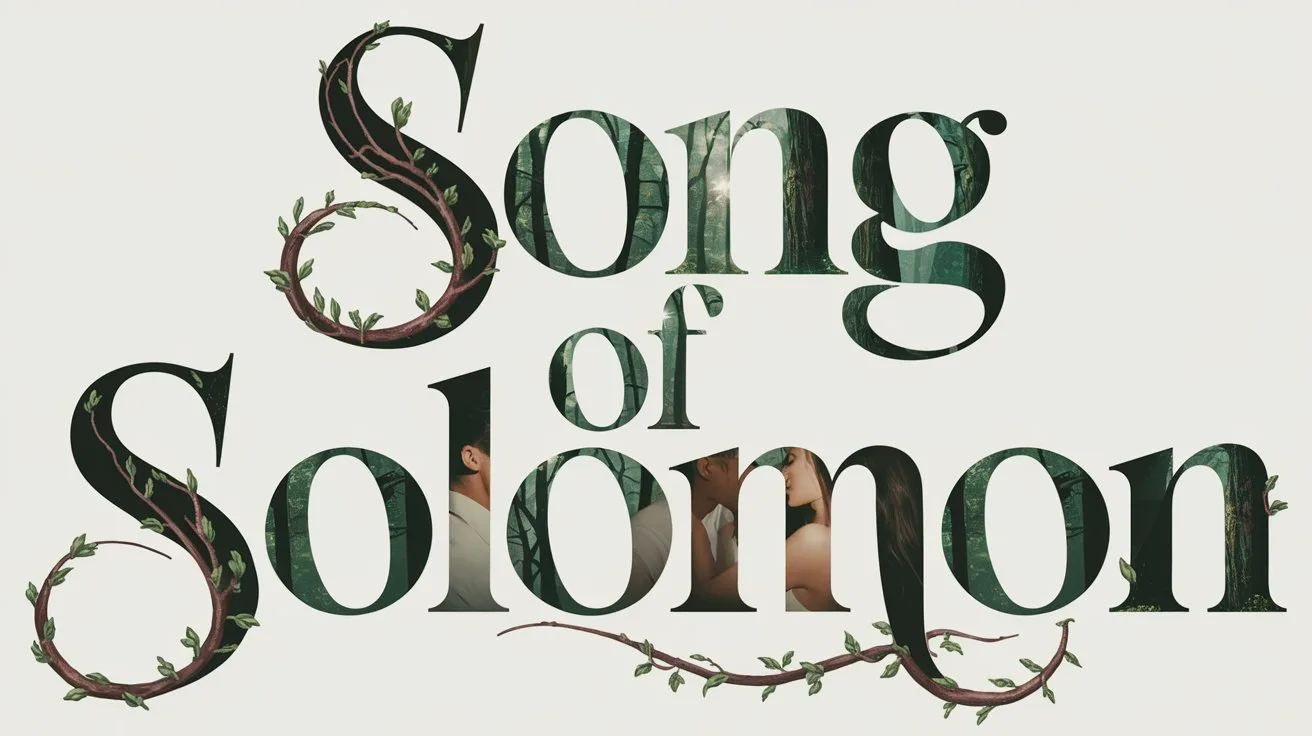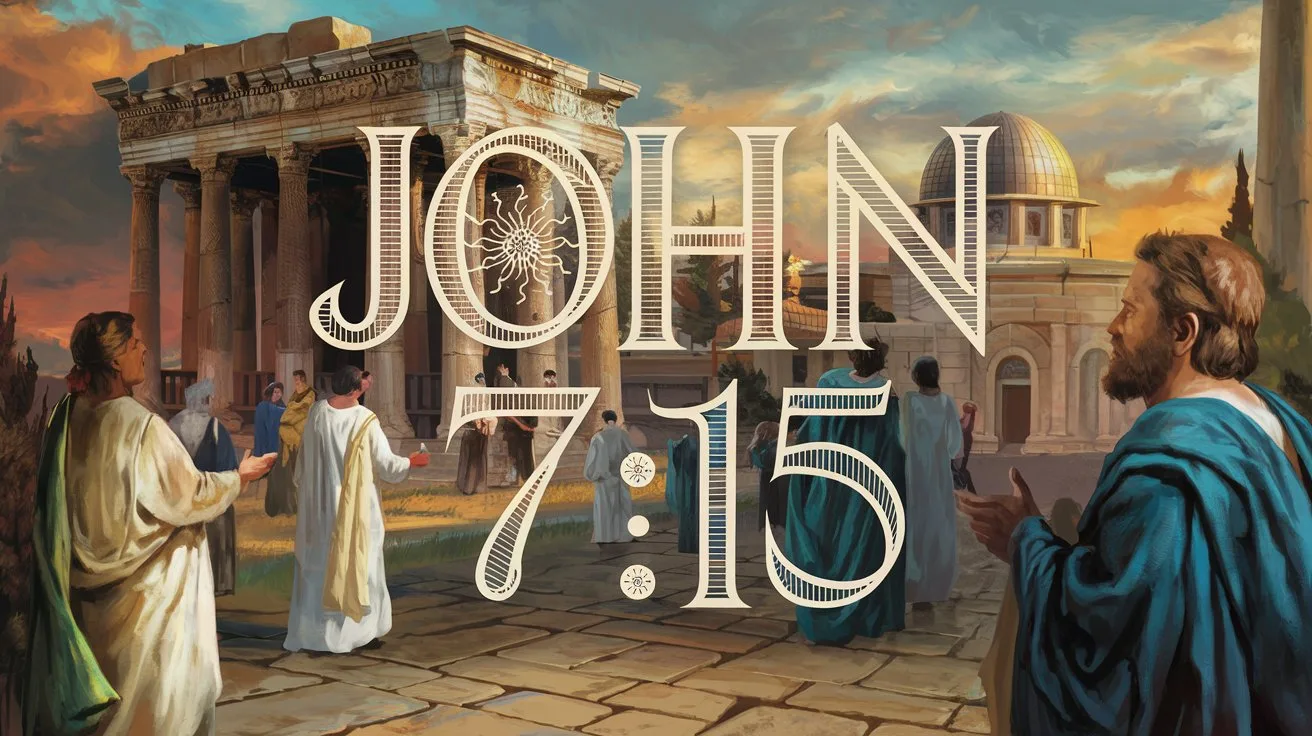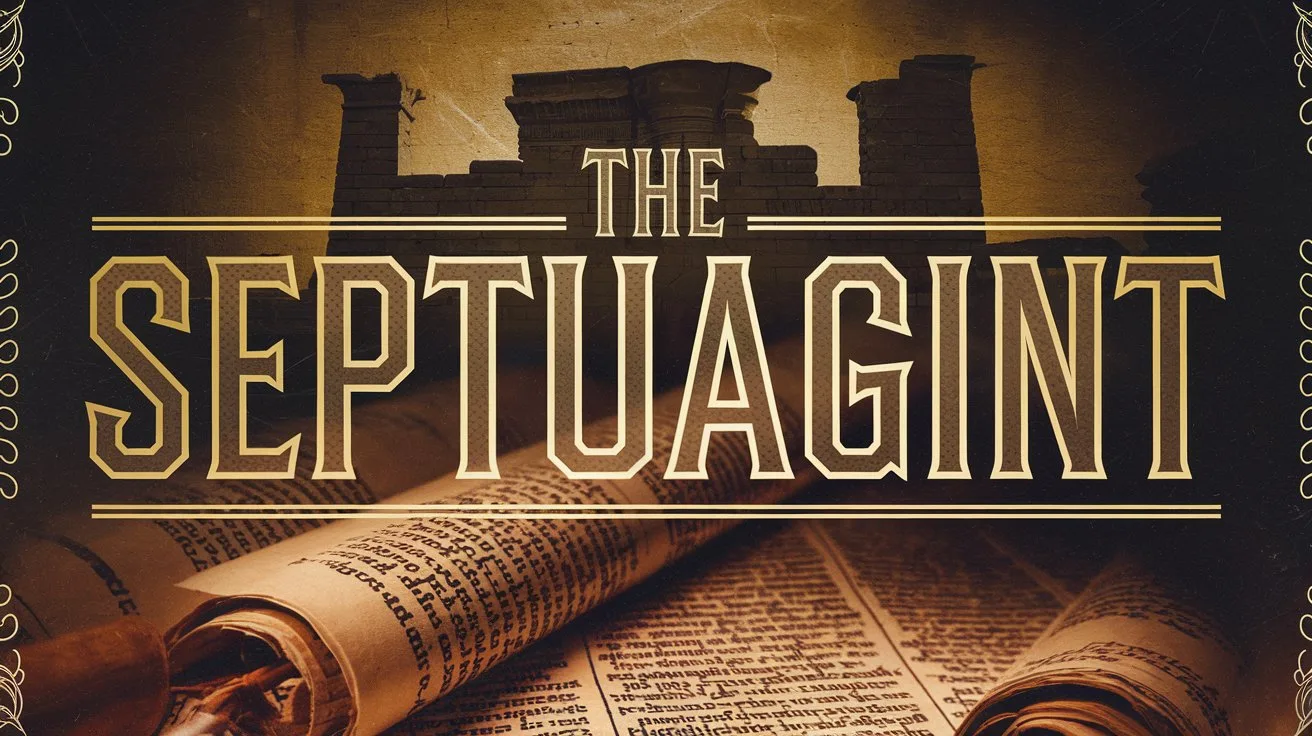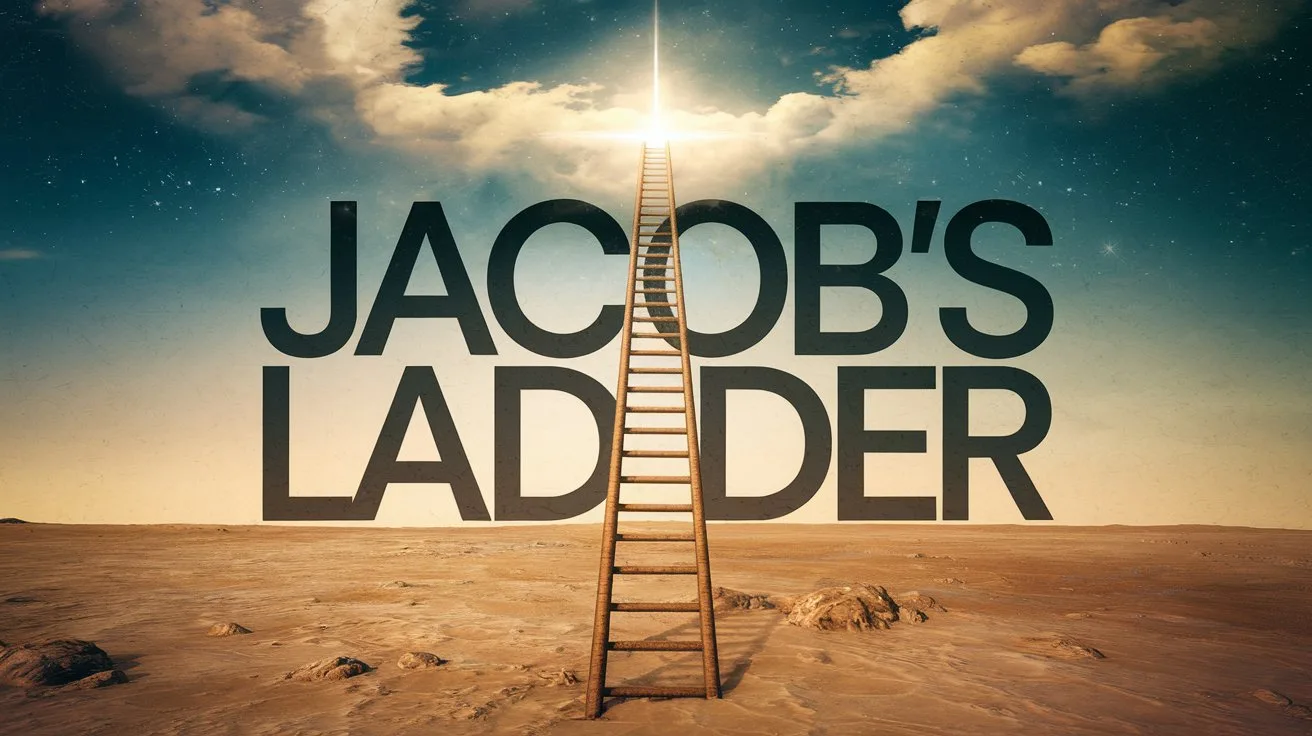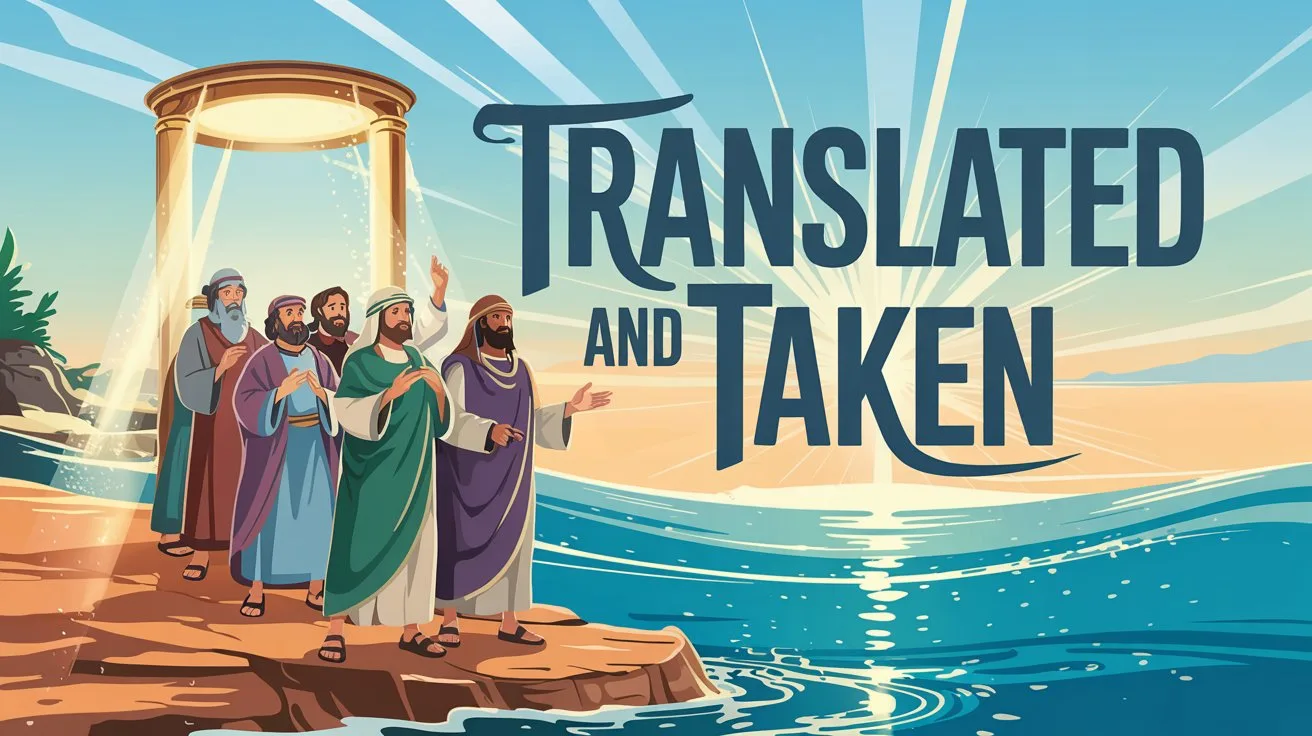The miracle of the loaves and fishes is recorded in all four Gospels (Matthew 14:13–21, Mark 6:30–44, Luke 9:10–17, John 6:1–14). It is commonly referred to as the feeding of the five thousand and demons/”>demonstrates Jesus’ compassion, divine provision, and authority over creation.
A large multitude followed Jesus to a remote area, seeking His teaching and healing. When evening came, the disciples urged Him to send the crowd away to find food. But Jesus said, “You give them something to eat” (Mark 6:37). They replied that two hundred denarii worth of bread would not be enough.
Jesus asked how many loaves they had. Andrew said, “There is a lad here who has five barley loaves and two small fish, but what are they among so many?” (John 6:9). Jesus instructed the people to sit down in groups. He took the loaves and fish, looked up to heaven, gave thanks, broke them, and gave them to the disciples to distribute.
All ate and were filled. When they gathered the leftovers, there were twelve baskets full (John 6:12–13). The number of men was about five thousand, not counting women and children (Matthew 14:21).
This miracle testifies that Jesus is the Bread of Life, able to satisfy physical and spiritual hunger. It foreshadows His later teaching in John 6, where He declares, “I am the bread of life. He who comes to Me shall never hunger” (John 6:35). It also mirrors God’s provision of manna in the wilderness and anticipates the Last Supper, where Jesus broke bread and gave it to His disciples.
The loaves and fishes reveal that God can take what seems insufficient and multiply it to meet the needs of many. It calls believers to offer what they have in faith and trust in the Lord’s abundant provision.


